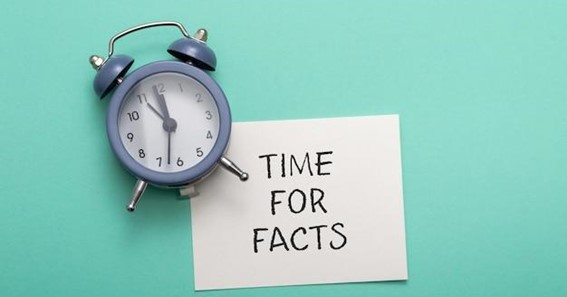You don’t have to be a first-time borrower to feel out of your depth when it comes to credit. Even lifetime borrowers with multiple loans and lines of credit to their name can struggle telling fact from fiction.
Unfortunately, what you don’t know can hurt your finances. So, let’s stop the misinformation before it does any real damage. Check out these myths and learn the truth behind them!
click here – The Problems Homeowners Insurance Won’t Cover
Myth #1: You Absolutely Need Good Credit to Borrow
Some people are confused about how your credit score affects your borrowing options, which is how this first myth got its legs.
Here’s what’s true:
- A higher credit score increases your options for installment and line of credit loans with affordable rates
As a result, most financial advisors will recommend boosting your score before you borrow. But this logic can spin out, making it easy to believe you can’t borrow with a lower score, ever.
In reality, an unexpected expense can hit you without warning, at a time when you haven’t been able to bring up your score. People with bad credit still need access to a line of credit in these emergencies, so there are options if you need money now and don’t have the best credit.
A subprime score may complicate how easily you qualify for a line of credit or increase your costs, but it’s not impossible to borrow.
Myth #2: You Should Never Accept a Larger Limit
Once you qualify for a credit card or line of credit, you’ll be given a strict limit on how much you can withdraw against these funds. Some companies may offer to increase this limit over time and good payment history.
Should you accept this offer? According to this myth, a bigger limit will drag your score, but what does reality say about this?
All a bigger limit will do is tweak your utilization ratio, a metric that shows how much of your limit you use, shown as a percentage. This percentage (or ratio) is a product of use divided limit, and anything to affect either amount will change your results. You’ll see this ratio go down by increasing your limit without changing your use.
For example, if you use $200 of a $1,000 line of credit, your ratio is 20%. But if you increase this limit to $2,000, your ratio drops to 10%.
This is a good thing — experts say you should keep your ratio as low as possible, although 30% and under is a common benchmark.
click here – Looking for a Mortgage Broker in Launceston, Tasmania?
Myth #3:You Only Ever Have to Make the Minimum Payment
On the surface, the minimum payment is a good deal. As a flat fee or percentage of your balance, the minimum is the cheapest way to keep your line of credit in good standing.
But the bad news is that anytime you pay anything less than your balance, you’ll carry over a balance into the next billing period. This portion is subject to additional interest and finance charges until you pay off your balance.
These fees add up! Over time, you’ll actually pay more by sticking to the minimum payment.
Find the Truth Before You Borrow
Making borrowing decisions based on the wrong information won’t do you any favors. Take the time to challenge your beliefs and research a line of credit from trusted third-party sources, like The Financial Literacy and Education Commission’s MyMoney. You’ll become an informed borrower in no time.
